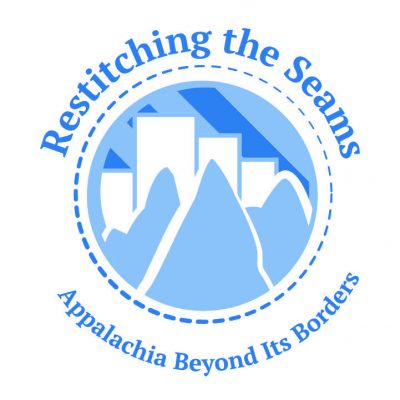Participation Type
Performance
Visual Art as Literary Cross-Training: A Gallery Tour
Presentation #1 Abstract or Summary
For many Appalachian artists, the idea of art as non-utilitarian runs counter to our history and cultural values. Just read Loyal Jones, or look at Jim Wayne Miller's essay on the tension between activism and art in the early days of the "Renaissance". Rooted, as so much of our history is, with the foundations of Calvinism, it is hard for many of us to escape the impulse to make anything we do, especially those things we do which seem least like work, do work. This is perhaps one of the reasons why so much of our literature and poetry has so much of a social bent; and also, perhaps, why we have more famous examples of utilitarian art--quilting, textile, furniture, and other wood or metal work--than we do painting or sculpture (though these, of course, exist too in Appalachia). We are also burdened, a lot of us at least, with the thought that our work always must be in some sense "Appalachian"--although at the same time, one of the core ideas of Appalachian Studies has been to remove our cultural life from its narrow box; and if we are Appalachian, how can anything we do not be part of that?. In this presentation, I will show and critique some of my own visual art, which I have produced in the past two years as a compliment, and sometimes a pressure release, against my typically more 'social' written work. The question I want to engage with, and which I hope the paintings show: how is any impulse to 'escape' the political, especially in such a political moment as our own, not in and of itself a political--and a problematically political--impulse? Moreover, when we do attempt to escape the political, how does the political still show up in our work, even if against our will?
At-A-Glance Bio- Presenter #1
Matt Prater is a writer and visual artist from Saltville, VA. Currently an MFA candidate in poetry at Virginia Tech, his work has appeared in Appalachian Heritage, Duende, The Moth, and Still: The Journal, among other publications.
Conference Subthemes
Education
Visual Art as Literary Cross-Training: A Gallery Tour
For many Appalachian artists, the idea of art as non-utilitarian runs counter to our history and cultural values. Just read Loyal Jones, or look at Jim Wayne Miller's essay on the tension between activism and art in the early days of the "Renaissance". Rooted, as so much of our history is, with the foundations of Calvinism, it is hard for many of us to escape the impulse to make anything we do, especially those things we do which seem least like work, do work. This is perhaps one of the reasons why so much of our literature and poetry has so much of a social bent; and also, perhaps, why we have more famous examples of utilitarian art--quilting, textile, furniture, and other wood or metal work--than we do painting or sculpture (though these, of course, exist too in Appalachia). We are also burdened, a lot of us at least, with the thought that our work always must be in some sense "Appalachian"--although at the same time, one of the core ideas of Appalachian Studies has been to remove our cultural life from its narrow box; and if we are Appalachian, how can anything we do not be part of that?. In this presentation, I will show and critique some of my own visual art, which I have produced in the past two years as a compliment, and sometimes a pressure release, against my typically more 'social' written work. The question I want to engage with, and which I hope the paintings show: how is any impulse to 'escape' the political, especially in such a political moment as our own, not in and of itself a political--and a problematically political--impulse? Moreover, when we do attempt to escape the political, how does the political still show up in our work, even if against our will?

